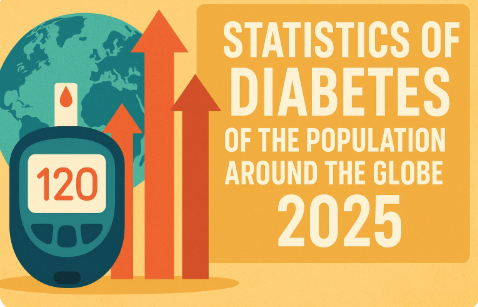Flag Changes After Independence
Political Evolution Through National Symbols (1900-2024)
Countries Ranked by Flag Changes
Afghanistan
Unprecedented political instability reflected in national symbols
Multiple Changes (2 each):
🇦🇫 Afghanistan
1919-2024: Century of upheaval
🇮🇶 Iraq
Post-Saddam era changes
🇮🇷 Iran
Islamic Revolution impact
🇱🇾 Libya
Gaddafi era transitions
🇲🇲 Myanmar
Military vs civilian rule
🇻🇪 Venezuela
Bolivarian Revolution
Historical Timeline of Flag Changes
1919-1970s: Early Independence Era
Most countries established their first post-independence flags, but political instability led to frequent changes, especially in Afghanistan.
1970s-1980s: Revolutionary Period
Iran’s Islamic Revolution (1979) and Soviet invasion of Afghanistan (1979) triggered major flag changes reflecting ideological shifts.
1990s-2000s: Post-Cold War Transitions
End of Cold War brought democratic transitions and regime changes, leading to flag modifications in South Africa, Venezuela, and continued instability in Afghanistan.
2000s-Present: Modern Political Changes
Recent democratic movements, military coups, and ongoing conflicts continue to drive flag changes, with Afghanistan remaining the most volatile.
Why Countries Change Their Flags
Regime Changes
Most common reason – new governments want to symbolically break from the past
Ideological Shifts
Religious, political, or social ideology changes reflected in national symbols
Peace Agreements
Post-conflict nations often adopt new flags to represent unity and new beginnings
Political Reasons
- Regime Changes: New governments establishing legitimacy
- Revolution: Complete political system overhaul
- Military Coups: Armed forces taking control
- Democratic Transitions: From autocracy to democracy
Cultural & Social Reasons
- Religious Changes: Reflecting dominant faith
- Ethnic Representation: Including diverse populations
- Historical Reconciliation: Addressing past injustices
- National Identity: Strengthening unity and pride
Country-Specific Examples
Afghanistan: A Century of Flag Changes
28 Flag Changes
More than any other nation in modern history
Historical Periods
Kingdom Era (1919-1973)
Multiple monarchs, each marking their reign with flag modifications
Republic & Communist Era (1973-1992)
Soviet invasion, communist government, resistance movements
Civil War Period (1992-2001)
Mujahideen, Taliban rise, competing factions
Modern Era (2001-present)
US invasion, democratic attempts, Taliban return
Key Factors
Political Instability
Frequent regime changes, coups, and power struggles
Foreign Influence
British, Soviet, and American interventions
Ideological Conflicts
Religious vs secular, traditional vs modern
Ethnic Tensions
Pashtun, Tajik, Hazara, and other ethnic groups
Why So Many Changes?
Afghanistan’s unique position as a crossroads between empires, combined with internal tribal conflicts and external interventions, created a perfect storm for political instability. Each new regime sought to legitimize its rule through new national symbols.
- • Strategic location between major powers
- • Difficult terrain enabling resistance movements
- • Limited central government control
- • Tribal society with competing loyalties
- • Religious and cultural diversity
- • Weak institutions and governance
The Psychology of Flag Changes
Symbolic Functions
🏛️ Legitimacy
New flags signal a break from the past and establish new governmental authority
🤝 Unity
Inclusive designs attempt to bring together diverse populations under one symbol
🔄 Change
Visual representation of political, social, or cultural transformation
🏠 Identity
Reflects the nation’s values, history, and aspirations
Common Symbolic Elements
Psychological Impact
Social Cohesion
Flags create shared identity and belonging among citizens
Emotional Connection
Visual symbols evoke strong patriotic and cultural feelings
National Pride
Distinctive flags foster pride and international recognition
Flag Change Patterns
Successful Transitions
- South Africa: Unity after apartheid
- Venezuela: Bolivarian identity
- Iran: Islamic Republic establishment
Ongoing Challenges
- Afghanistan: Political instability continues
- Myanmar: Democratic backsliding
- Libya: Post-conflict fragmentation


